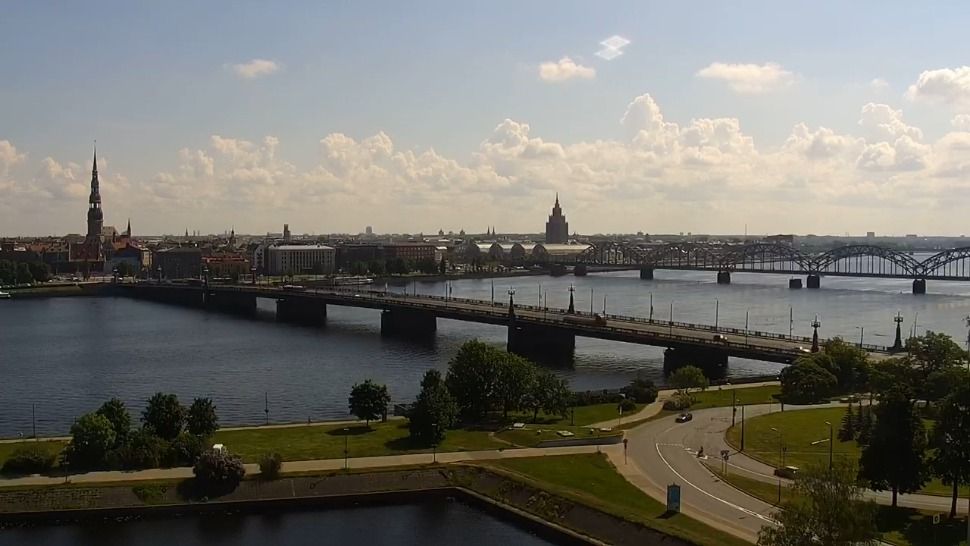In order to achieve the green goals in the transport sector in Latvia, there is a lack of coordination between the ministries of various sectors, Andris Kulbergs, President of the Automobile Association, said at the meeting of the Sustainable Development Commission on Wednesday.
During the meeting, he presented the green car support program for 2021-2027 to the commission deputies, pointing out several more shortcomings without the lack of coordination.
Among other things, Kulberg highlighted the fact that the Transport Energy Law currently only addresses issues related to reducing emissions in the heavy commercial transport sector, although currently 86% of the total number of cars are passenger cars – 78% passenger cars and 8% light commercial vehicles.
The President of the Car Association noted that the Latvian car fleet is likely to grow in the future, as Latvia is currently one of the smallest in the European Union (EU) in terms of the ratio of cars to population. Latvia also has the second largest share of diesel engines in the EU, moreover, these cars are in most cases older than ten years, which means higher emissions.
Kulbergs pointed out that in 2021, the Latvian car fleet will emit 2.42 million tons of carbon dioxide (CO2) emissions, which is 2% more than in 2018. Therefore, if no concrete actions are followed by the responsible institutions, Latvia will not reduce emissions, as envisaged in the EU “green course”, but on the contrary – by 2027, emissions will increase by as much as 8.4% compared to 2018. .
The President of the Car Association explained that the situation with the greening of the Latvian car fleet could not be solved only by purchasing electric cars, because even if every new car purchased in Latvia had an electric motor, according to the Car Association, by 2022 Latvia compared to 2018 would be reduced by only 0.9%. According to Kulberg, in addition to promoting the development of electric cars, it would be necessary to reduce the import of “driven diesel” from abroad by 50%, increasing the share of “green cars”, which are also powered by internal combustion engines.
A representative of the car association explained that the implementation of the plan planned by the Ministry of Transport – to strengthen the public transport and bicycle system in order to “transfer” people from private cars – will require much more resources than currently planned. Estimating that 350,000 cars drive in Riga every day, transferring these people to public transport would mean finding 137 million additional places a year. This would double Riga’s public transport capacity, which would cost a total of 800 million euros in addition to replacing the existing fleet (for zero-emission transport).
At the meeting of the Commission for Sustainable Development, after the presentation of Kulbergs, more deputies asked questions to the Ministries of Transport, Environment and Regional Development and Finance about the implementation of the plan and further possible steps, to which several deputies did not hear clear enough answers.
Vladislav Vesperis, a representative of the Interdepartmental Coordination Center, said that the problem was that there were no clear estimates of the defined expected results in each sector in implementing the National Energy and Climate Plan, noting that the plan did not provide a clear and justified division of ministries into areas. and how much emissions are actually generated.
He said that while waiting and not correcting the existing plan, Latvia will have to do it later and at a faster pace, which, in turn, will mean higher costs.
The Chairman of the Commission on Sustainable Development Vyacheslav Dombrovskis called on the MEPRD to prepare a structured review of the current situation in climate measures for the second meeting of the commission in September.
–
It is strictly forbidden to use, copy or reproduce the materials published on iAuto.lv on other Internet portals, mass media or otherwise handle the materials published on iAuto.lv without the written permission of EON SIA.
.


